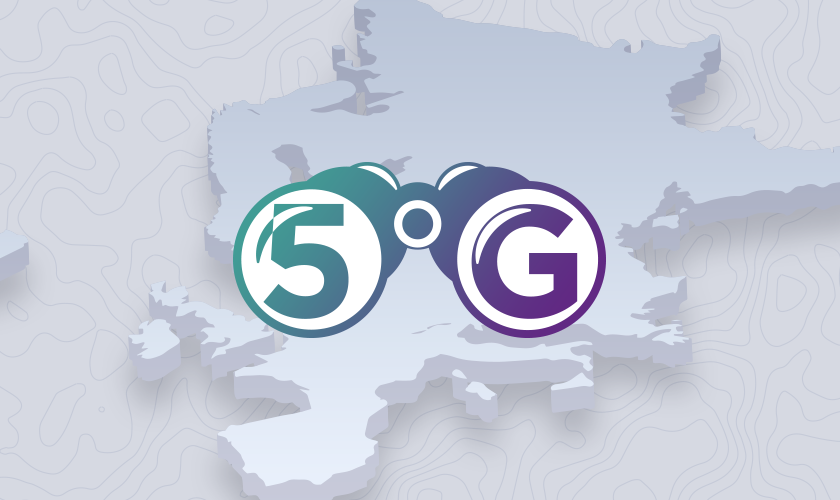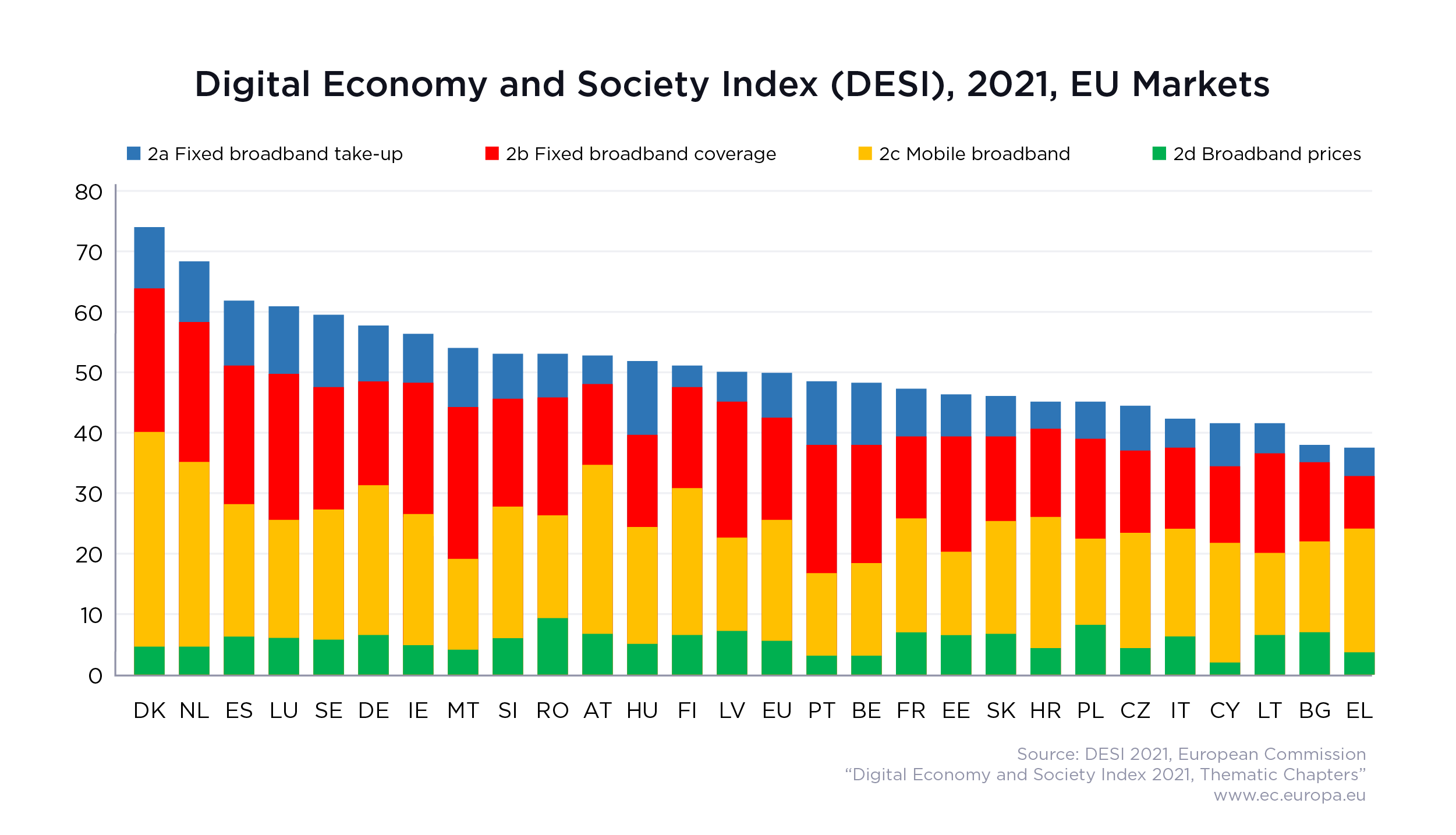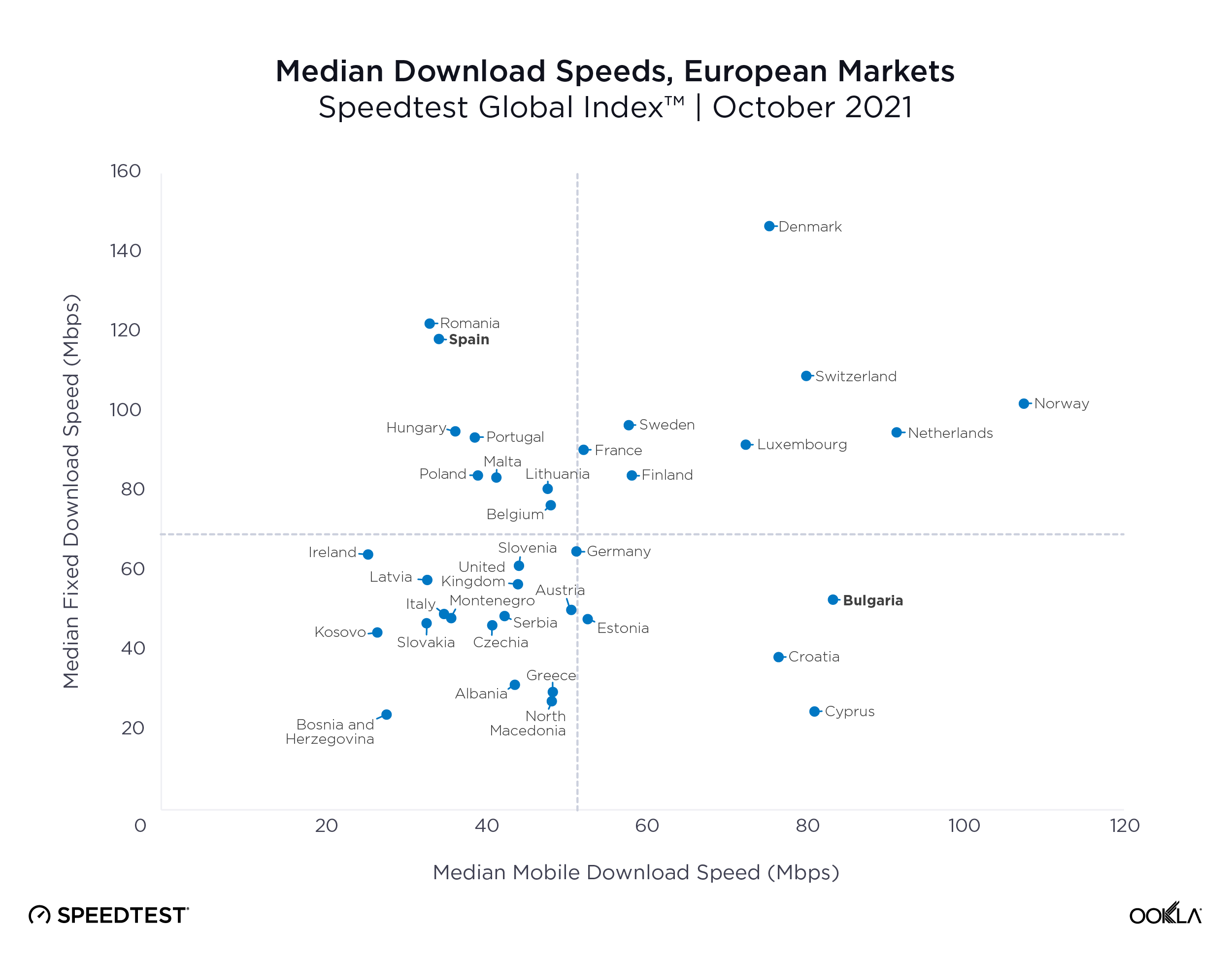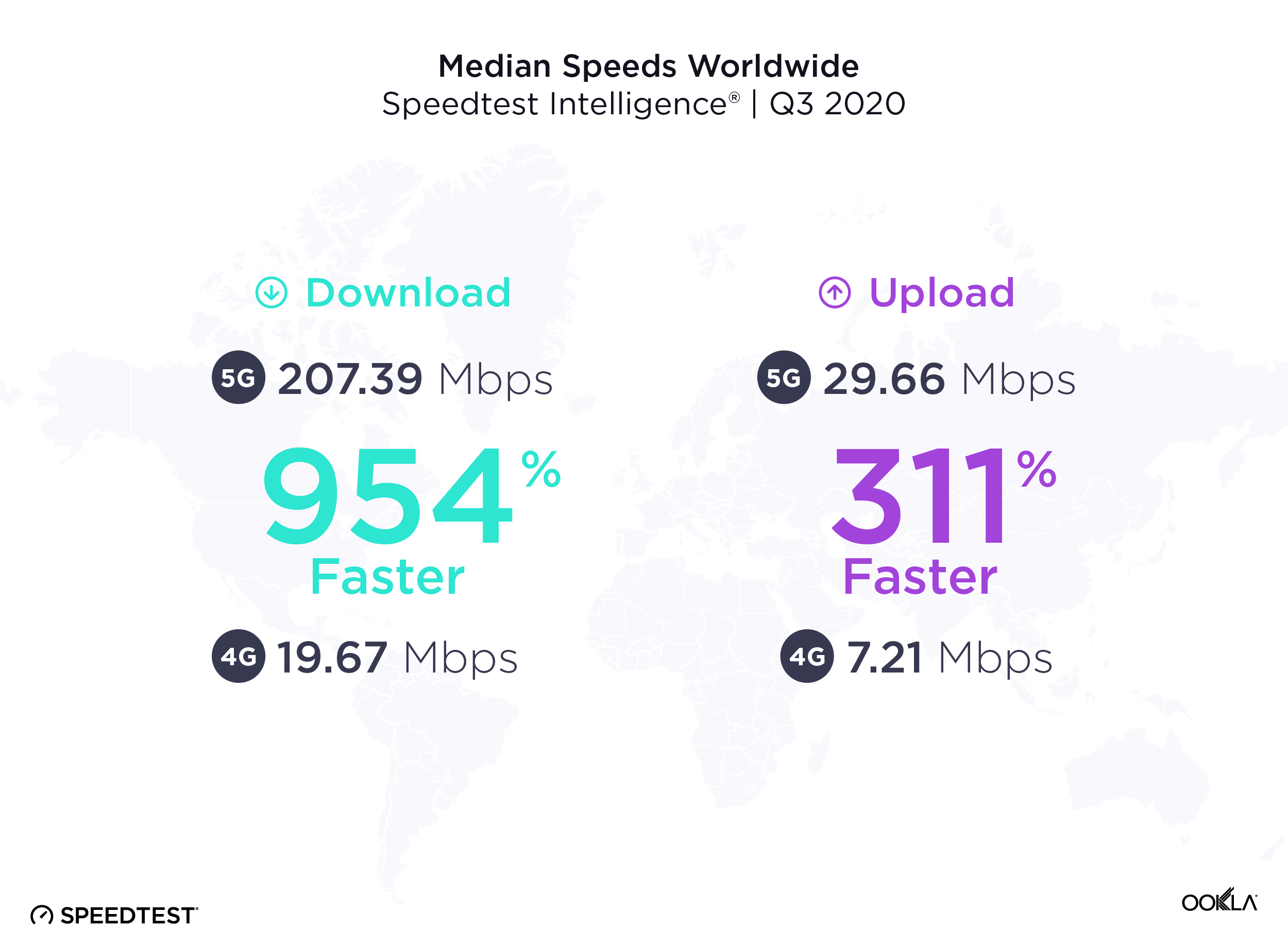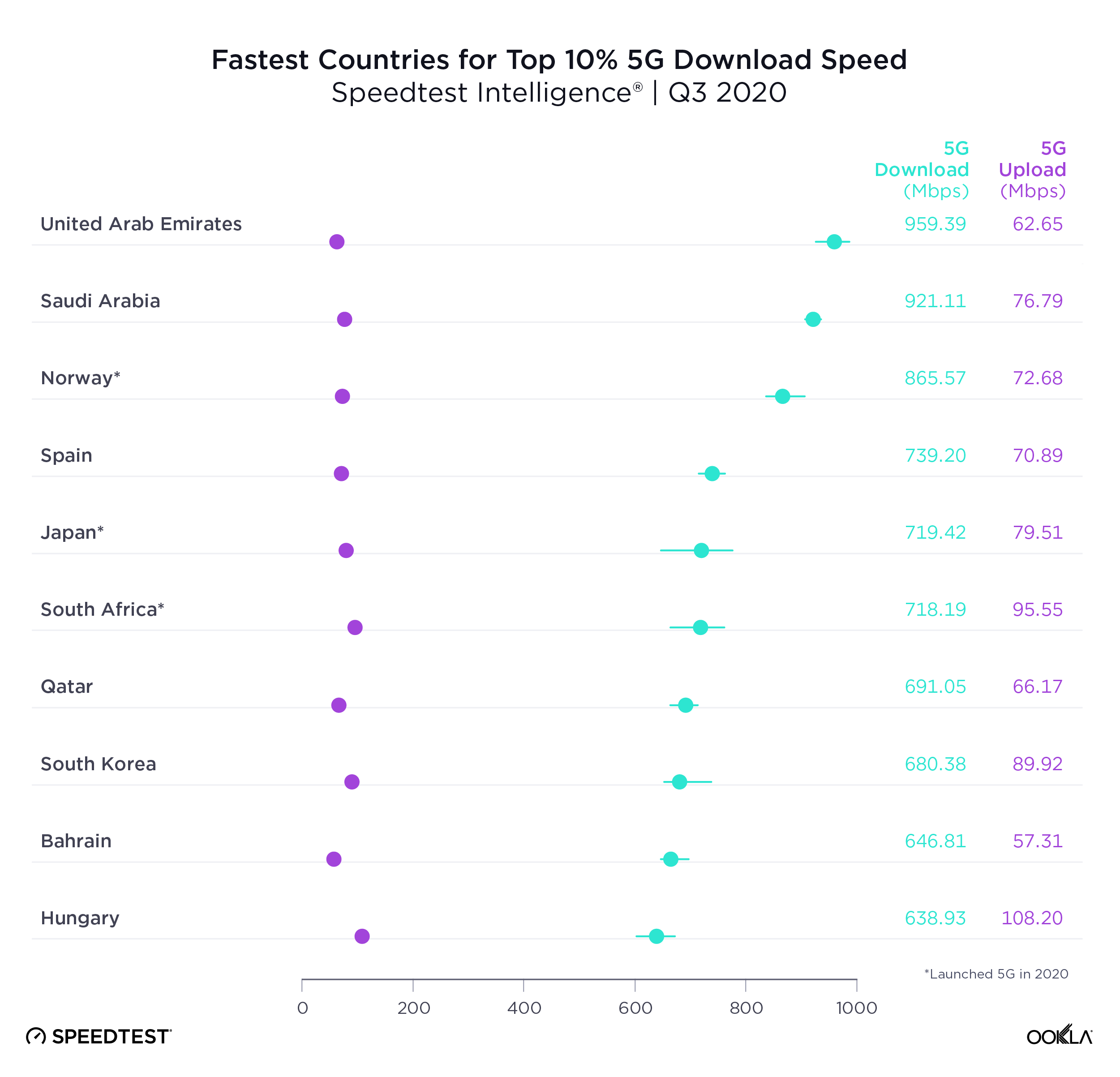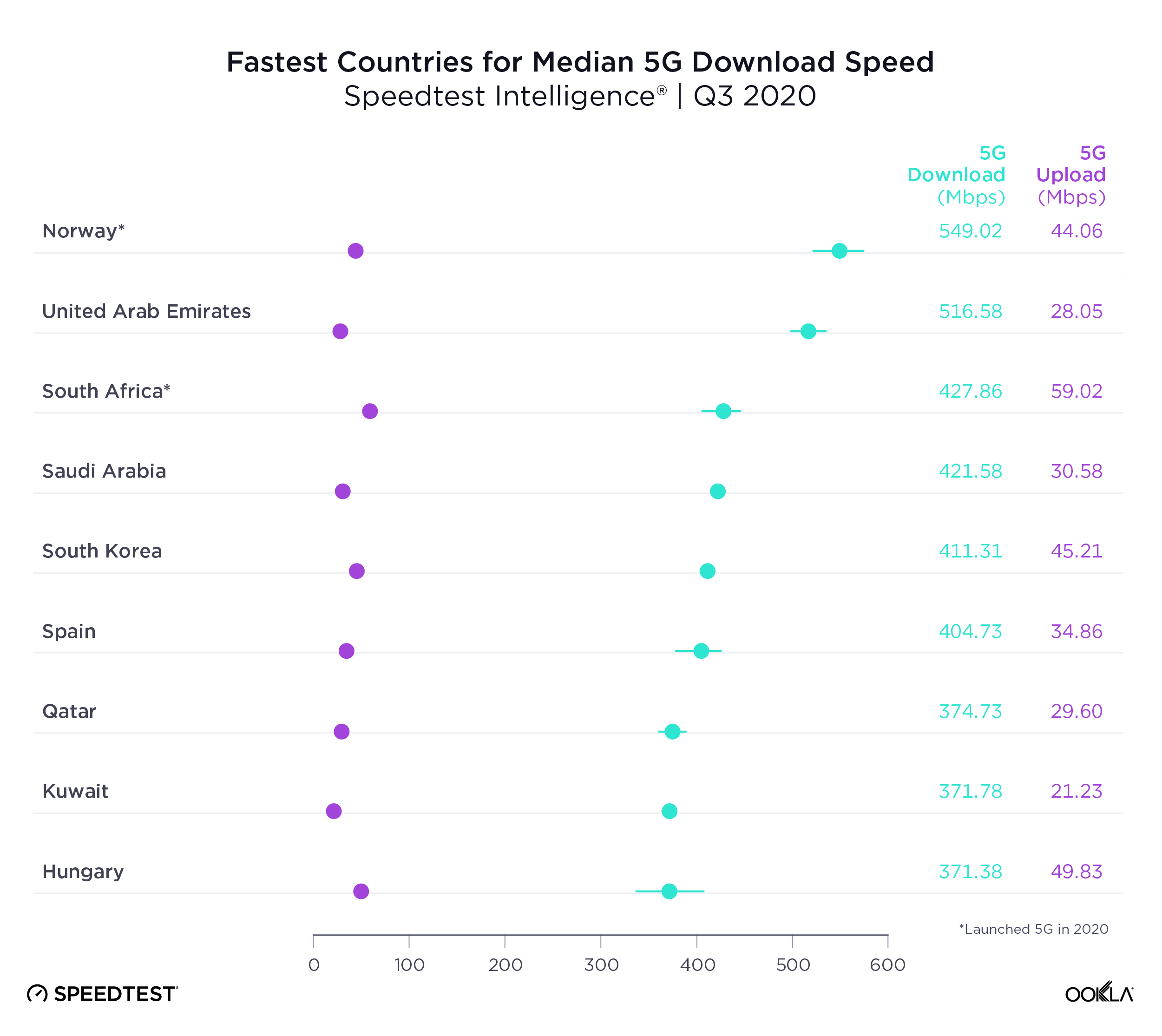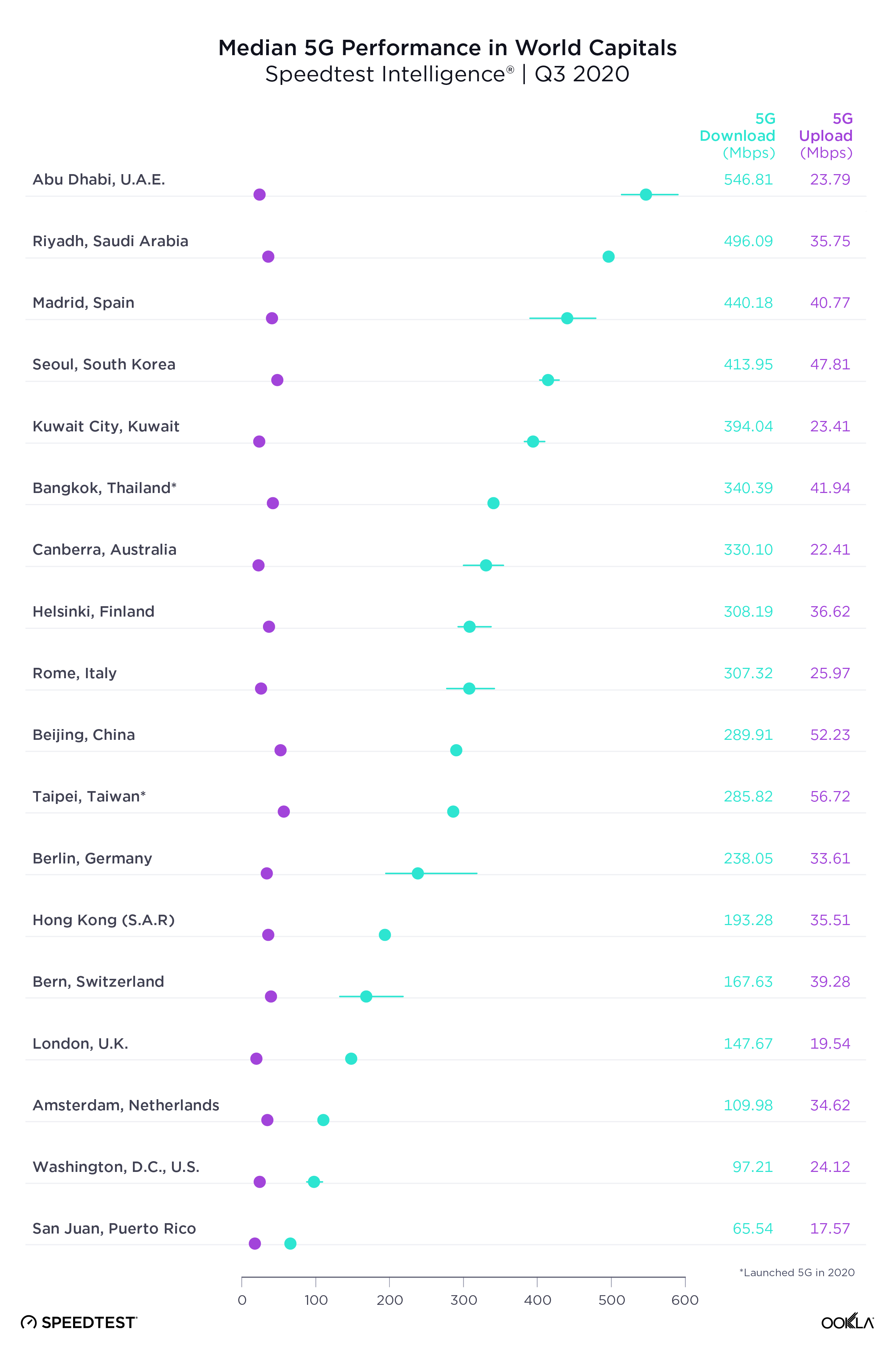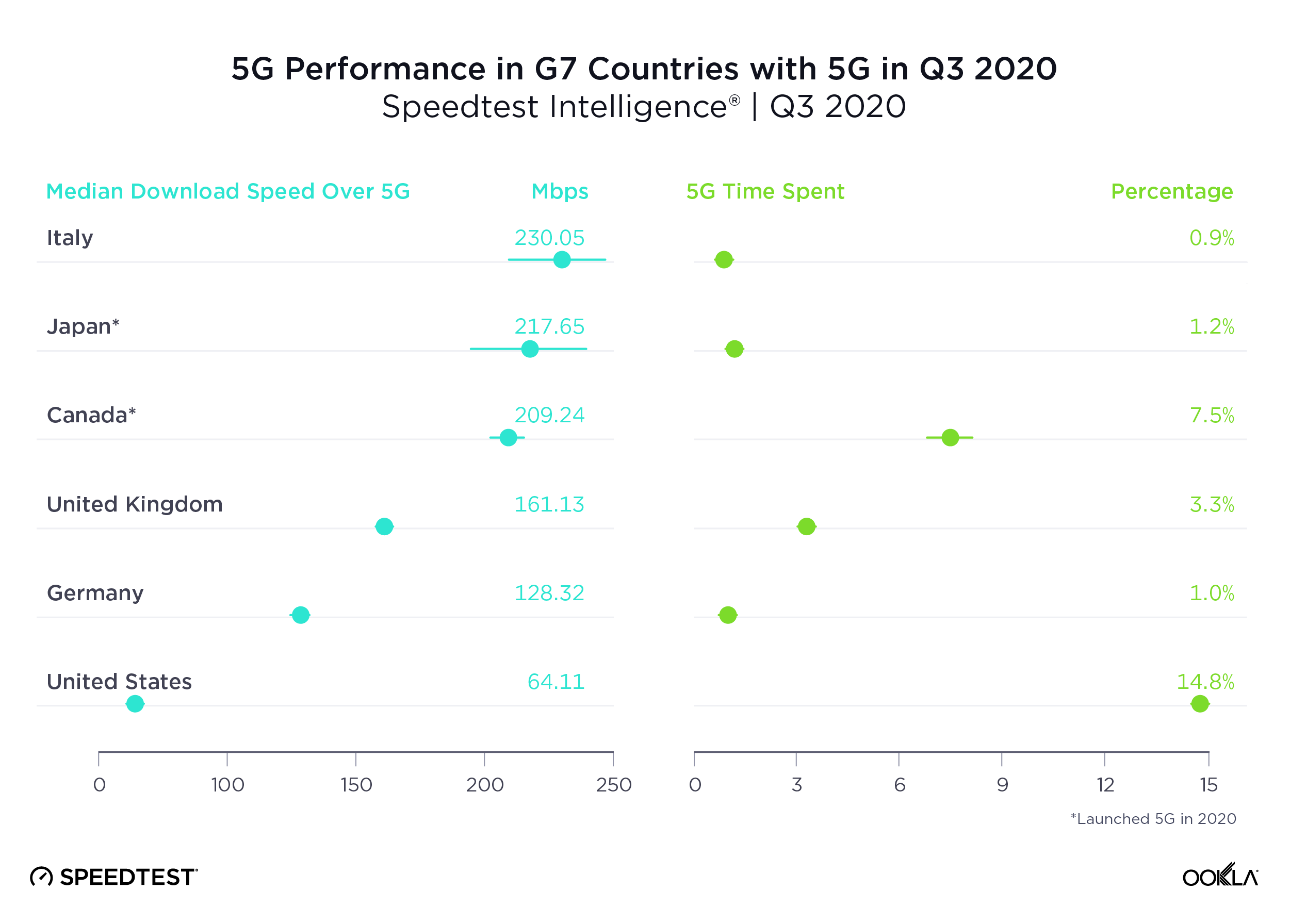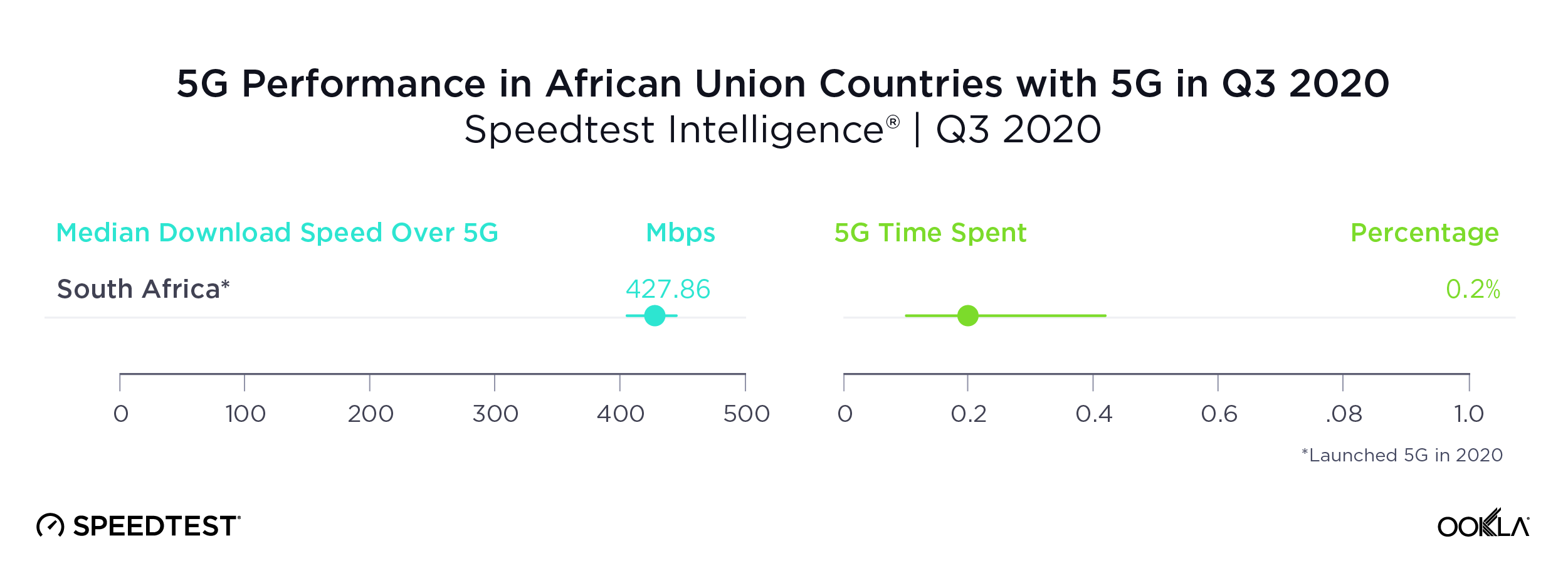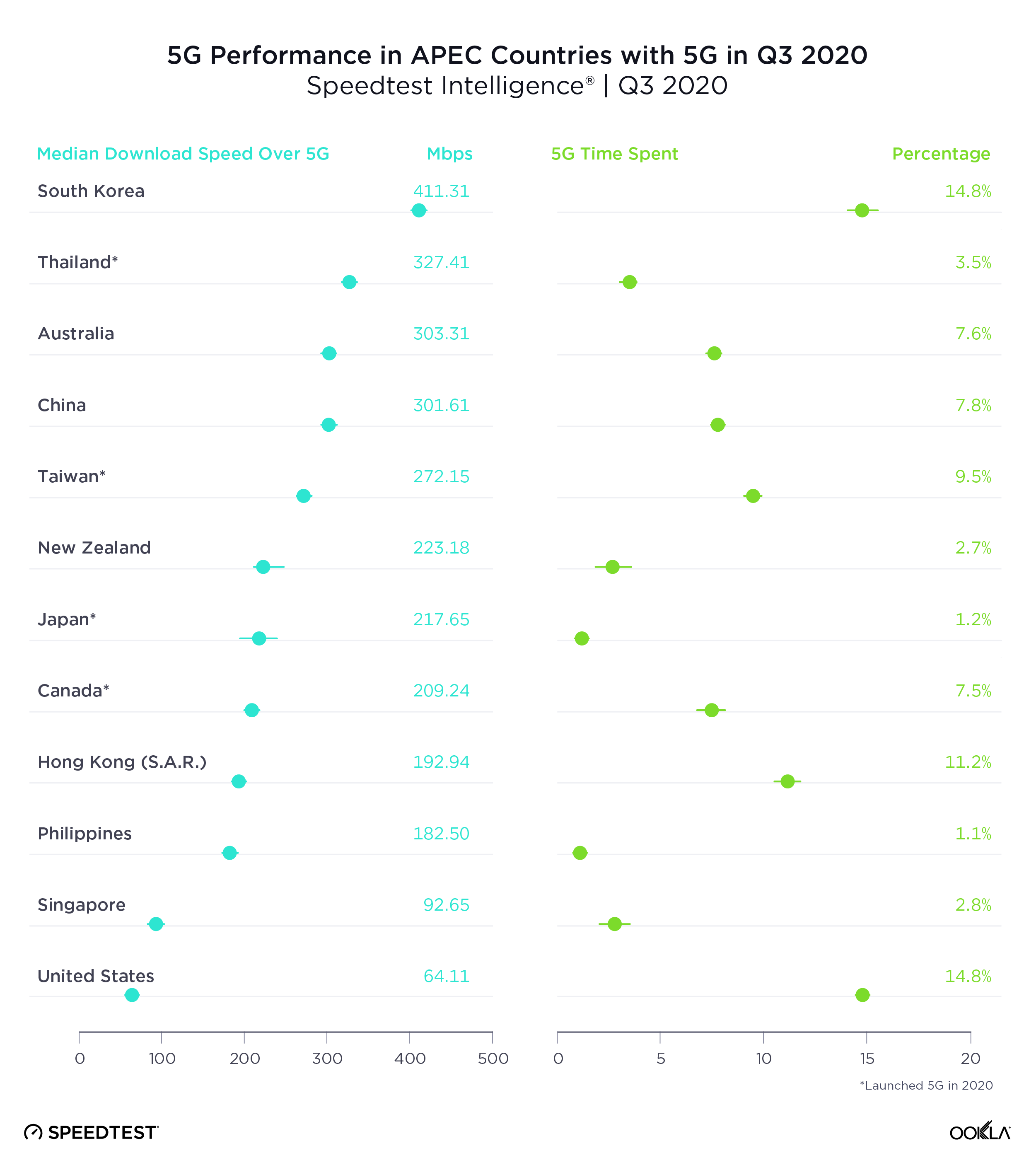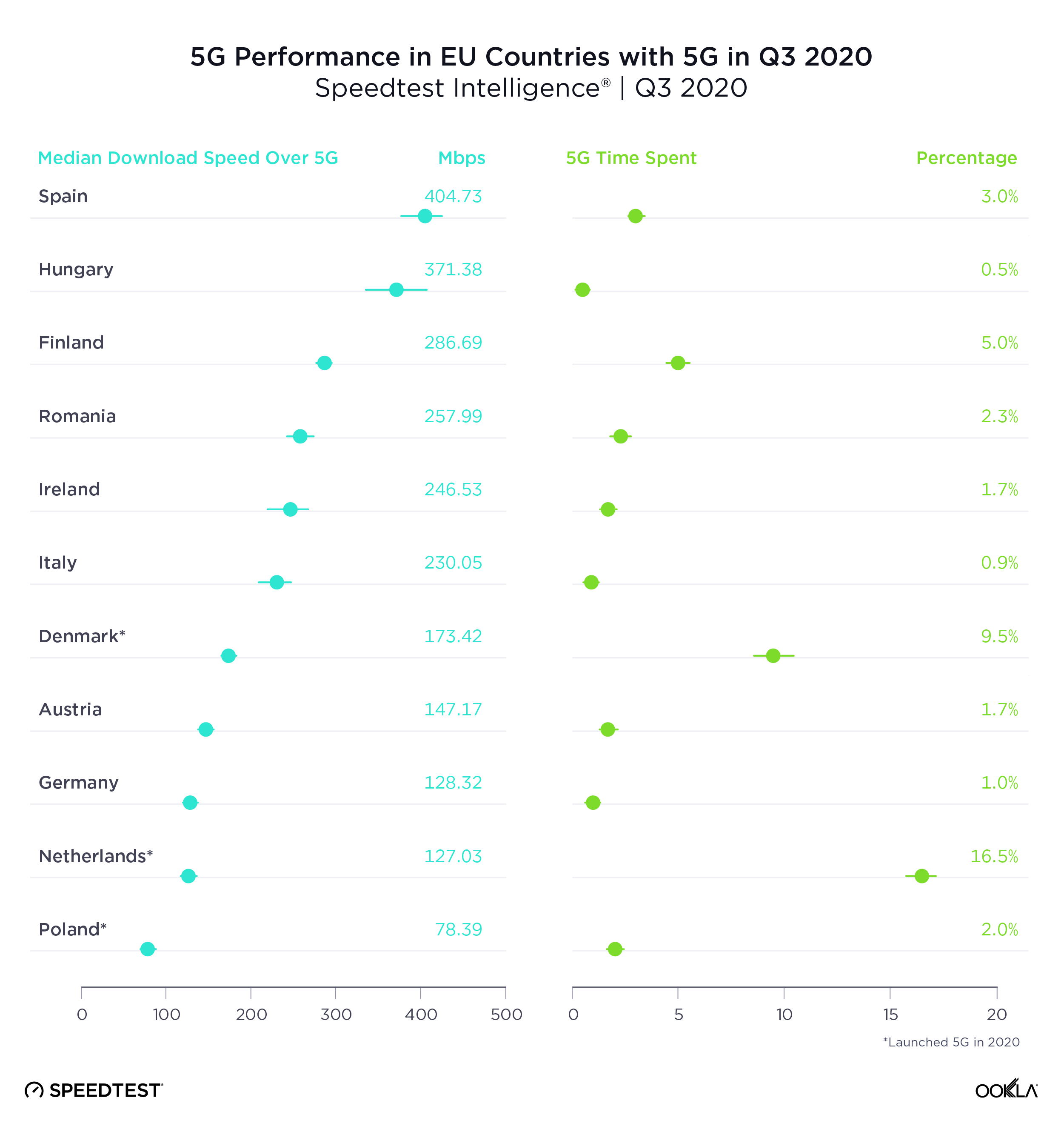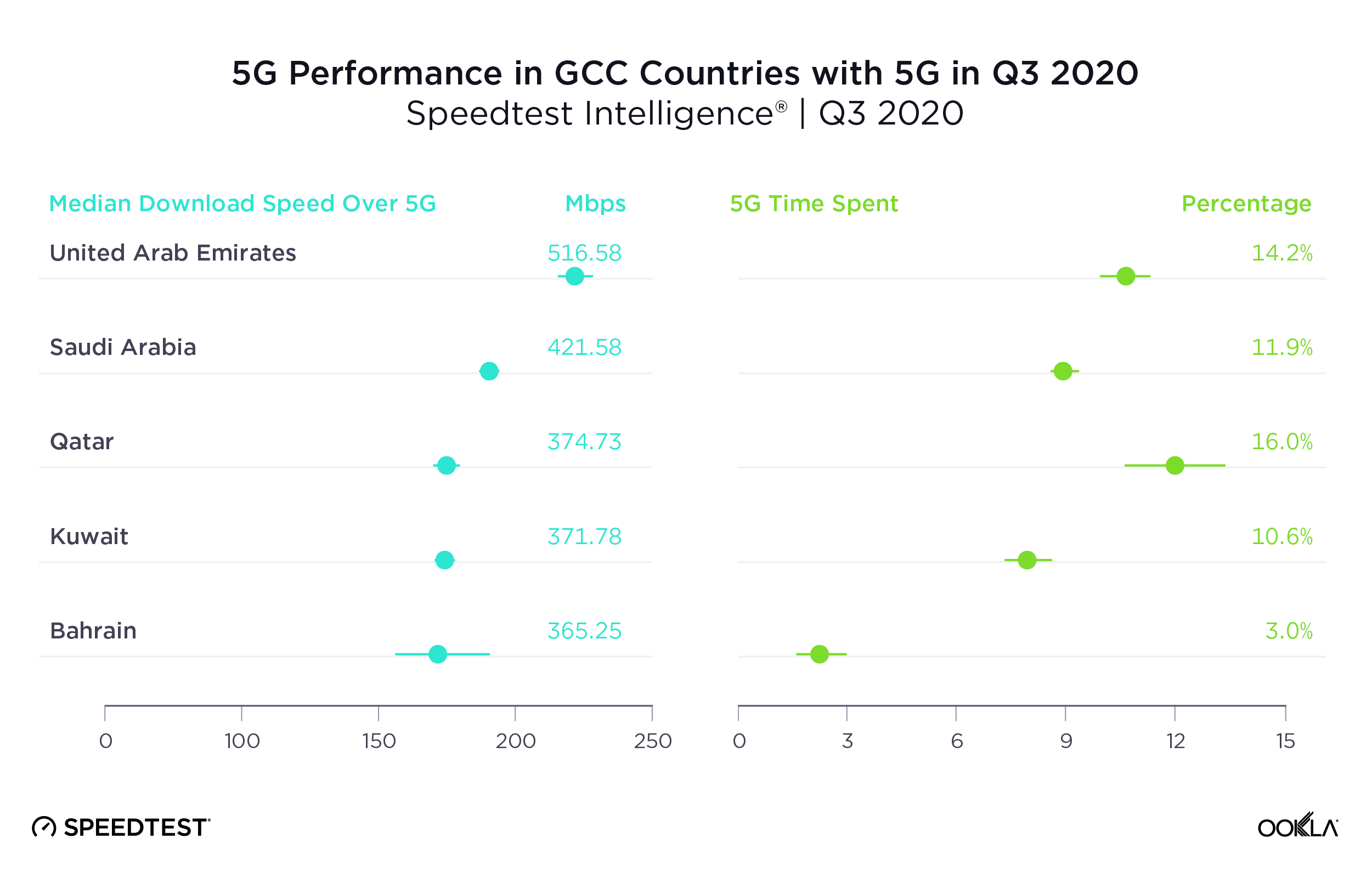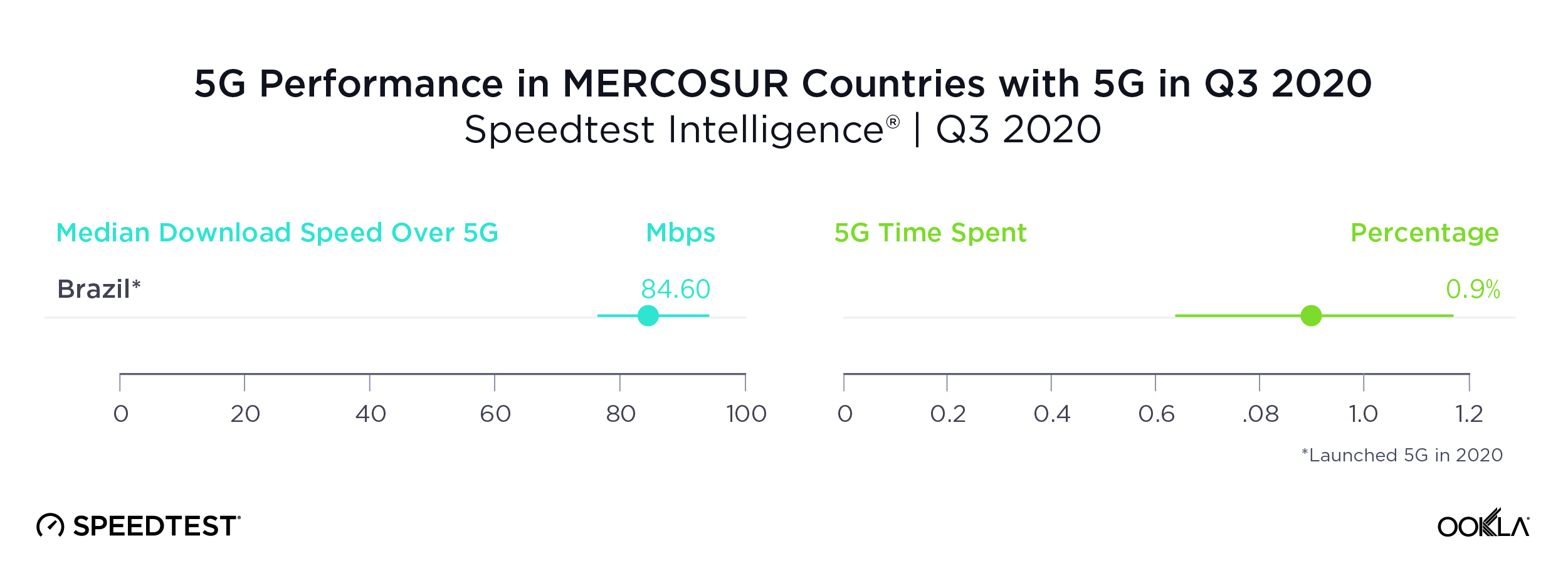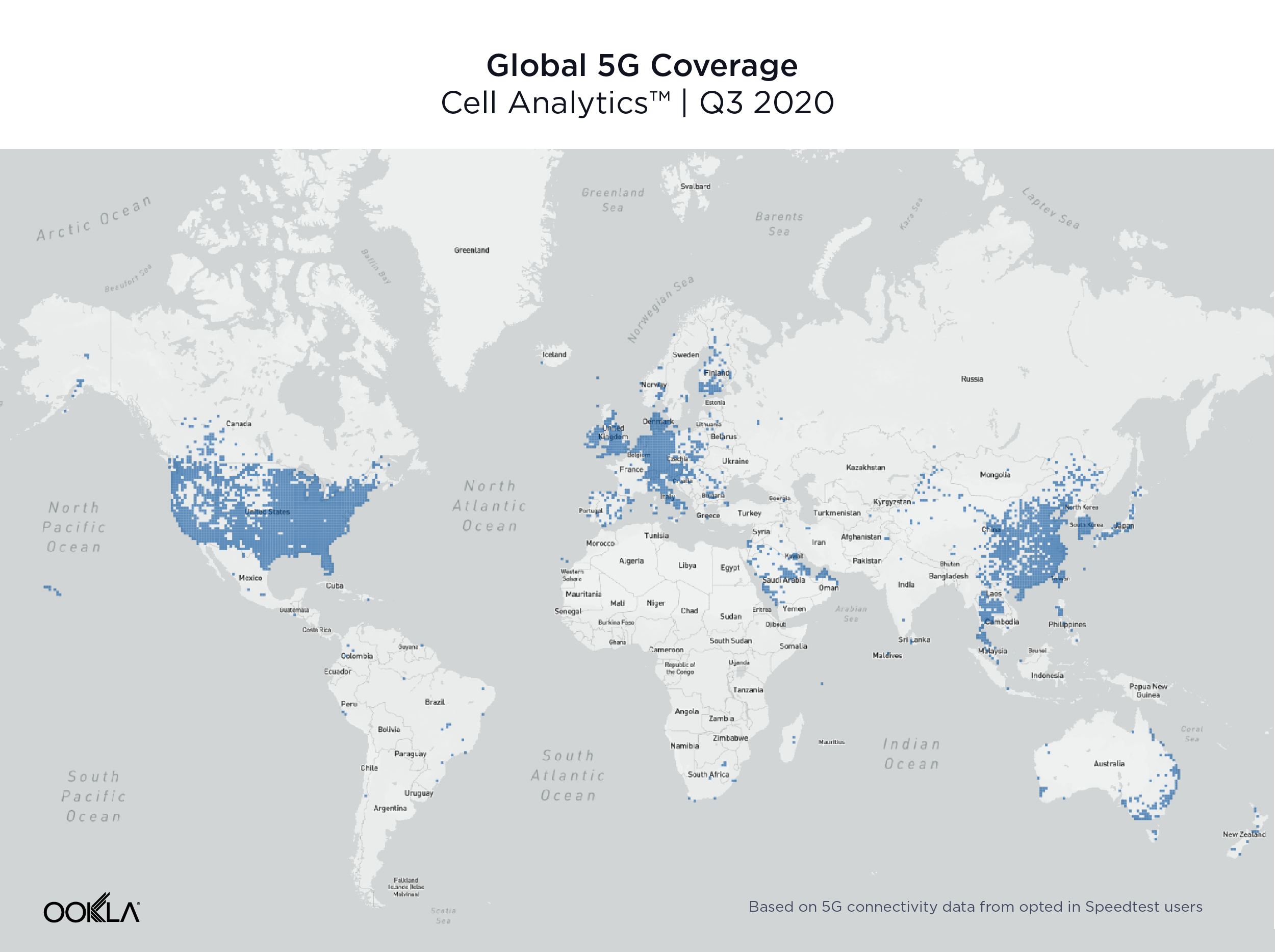

Last year we took a look at how free roaming was working out for EU citizens in terms of speeds and latency. This year we’ve expanded our analysis to all European countries and included data on Wi-Fi roaming behavior. We’ve also added a little insight into how roaming might affect download speeds for visitors to Mobile World Congress (MWC) in Barcelona from February 25- 28, 2019.
Except where noted, this analysis is based on Speedtest data from Android devices on 4G LTE cellular connections during Q3-Q4 2018. We included data on any country with greater than 30 samples in all categories.
Most Europeans experience slower downloads while roaming
Roaming traffic is subject to deals struck between individual mobile operators on how that traffic will be prioritized, so roaming speeds can depend not only on the country of origin but also the country of destination and the plan a subscriber has selected.
Consider the following table where an Albanian experiences a mean download speed of 54.56 Mbps at home and then 38.47 Mbps while roaming elsewhere in Europe. This is expected as a roamer does not usually have a direct relationship with the mobile operator handling their data and calls abroad.
| Country | Local Speed (Mbps) | Roaming Speed (Mbps) | % Difference |
|---|---|---|---|
| Austria | 38.23 | 35.78 | -6.4% |
| Belarus | 16.15 | 19.49 | 20.7% |
| Belgium | 52.58 | 35.42 | -32.6% |
| Bulgaria | 47.28 | 32.35 | -31.6% |
| Croatia | 43.83 | 43.60 | -0.5% |
| Cyprus | 37.13 | 20.58 | -44.6% |
| Czech Republic | 44.91 | 13.43 | -70.1% |
| Denmark | 48.83 | 34.89 | -28.6% |
| Estonia | 36.43 | 38.98 | 7.0% |
| Finland | 39.33 | 38.20 | -2.9% |
| France | 39.94 | 34.97 | -12.5% |
| Germany | 33.77 | 28.57 | -15.4% |
| Greece | 41.35 | 38.08 | -7.9% |
| Hungary | 49.57 | 28.19 | -43.1% |
| Iceland | 69.27 | 35.58 | -48.6% |
| Ireland | 28.23 | 31.49 | 11.6% |
| Italy | 32.18 | 43.12 | 34.0% |
| Kazakhstan | 22.93 | 13.80 | -39.8% |
| Latvia | 30.88 | 33.79 | 9.4% |
| Liechtenstein | 56.48 | 36.66 | -35.1% |
| Lithuania | 41.49 | 33.43 | -19.4% |
| Luxembourg | 50.91 | 25.08 | -50.7% |
| Malta | 56.34 | 34.27 | -39.2% |
| Montenegro | 45.45 | 49.97 | 10.0% |
| Netherlands | 56.06 | 33.86 | -39.6% |
| Norway | 68.49 | 38.69 | -43.5% |
| Poland | 28.74 | 29.71 | 3.4% |
| Portugal | 32.06 | 36.95 | 15.3% |
| Romania | 36.64 | 30.74 | -16.1% |
| Russia | 20.91 | 20.47 | -2.1% |
| Serbia | 43.41 | 21.64 | -50.1% |
| Slovakia | 33.47 | 31.80 | -5.0% |
| Slovenia | 35.51 | 36.41 | 2.5% |
| Spain | 36.07 | 22.37 | -38.0% |
| Sweden | 44.87 | 34.59 | -22.9% |
| Switzerland | 47.59 | 30.36 | -36.2% |
| Turkey | 38.19 | 28.77 | -24.7% |
| Ukraine | 26.07 | 25.48 | -2.3% |
| United Kingdom | 30.84 | 38.76 | 25.7% |
Residents of the Czech Republic will face massive speed disappointment when roaming through the rest of Europe. Other countries with much better speeds at home than abroad include Luxembourg, Serbia, Iceland and Cyprus.
In ten European countries, citizens experience faster mobile downloads while roaming than they do at home. These include: Italy, the United Kingdom, Belarus, Portugal, Ireland, Montenegro, Latvia, Estonia, Poland and Slovenia. Most of these are among the slowest countries on this list, so it would make sense that their citizens would experience better speeds elsewhere in Europe than they do at home.
Europeans are connected to Wi-Fi most of the time
Customers sometimes try to get better speeds and avoid roaming fees (for those outside the E.U.) and data overages by connecting to Wi-Fi. The following table compares the percentage of time spent on Wi-Fi by a resident of a country with that of a visitor to the country.
| Country | Local Customers | Visitors | % Difference |
|---|---|---|---|
| Albania | 61.9% | 59.8% | -3.4% |
| Andorra | 73.6% | 69.0% | -6.2% |
| Armenia | 61.5% | 68.1% | 10.7% |
| Austria | 65.6% | 36.7% | -44.1% |
| Azerbaijan | 67.0% | 70.7% | 5.5% |
| Belarus | 63.9% | 58.3% | -8.9% |
| Belgium | 71.1% | 32.9% | -53.7% |
| Bosnia and Herzegovina | 71.9% | 66.0% | -8.2% |
| Bulgaria | 65.2% | 46.8% | -28.2% |
| Croatia | 66.1% | 41.0% | -38.0% |
| Cyprus | 70.9% | 58.4% | -17.7% |
| Czech Republic | 75.1% | 38.9% | -48.1% |
| Denmark | 70.4% | 52.9% | -24.9% |
| Estonia | 61.2% | 45.6% | -25.4% |
| Finland | 56.6% | 47.1% | -16.7% |
| France | 60.2% | 43.1% | -28.5% |
| Georgia | 61.4% | 62.2% | 1.3% |
| Germany | 72.2% | 42.4% | -41.3% |
| Greece | 73.5% | 52.2% | -28.9% |
| Hungary | 71.9% | 35.0% | -51.3% |
| Iceland | 65.7% | 58.2% | -11.4% |
| Ireland | 67.2% | 52.4% | -22.0% |
| Italy | 64.1% | 48.9% | -23.7% |
| Kazakhstan | 57.7% | 64.7% | 12.3% |
| Latvia | 60.9% | 43.8% | -28.1% |
| Liechtenstein | 71.7% | 58.2% | -18.9% |
| Lithuania | 66.8% | 43.3% | -35.1% |
| Luxembourg | 63.6% | 26.0% | -59.1% |
| Macedonia | 65.3% | 52.9% | -18.9% |
| Malta | 74.3% | 58.0% | -22.0% |
| Moldova | 67.2% | 67.3% | 0.2% |
| Montenegro | 63.6% | 65.2% | 2.5% |
| Netherlands | 73.0% | 42.5% | -41.7% |
| Norway | 74.7% | 59.7% | -20.1% |
| Poland | 62.5% | 48.1% | -23.1% |
| Portugal | 69.1% | 54.7% | -20.9% |
| Romania | 62.4% | 48.7% | -21.9% |
| Russia | 58.8% | 65.9% | 12.2% |
| San Marino | 66.8% | 39.7% | -40.6% |
| Serbia | 68.6% | 61.2% | -10.7% |
| Slovakia | 69.6% | 35.1% | -49.6% |
| Slovenia | 63.3% | 26.4% | -58.3% |
| Spain | 70.8% | 53.0% | -25.2% |
| Sweden | 71.8% | 44.9% | -37.4% |
| Switzerland | 62.4% | 47.2% | -24.4% |
| Turkey | 61.7% | 73.0% | 18.4% |
| Ukraine | 61.5% | 62.4% | 1.5% |
| United Kingdom | 71.3% | 54.0% | -24.3% |
Finland showed the lowest time spent on Wi-Fi by residents at 56.6%. Kazakhstan was second at 57.7% followed by Russia (58.8%), France (60.2%) and Latvia (60.9%). The Czech Republic showed the highest time spent on Wi-Fi by residents at 75.1%. Norway was second at 74.7% followed by Malta (74.3%), Andorra (73.6%) and Greece (73.5%).
When it comes to time spent on Wi-Fi by visitors, Luxembourg had the lowest percentage at 26.0%. Slovenia was second at 26.4% followed by Belgium (32.9%), Hungary (35.0%) and Slovakia (35.1%). Turkey showed the highest time spent on Wi-Fi by visitors at 73.0%. Azerbaijan was second at 70.7% followed by Andorra (69.0%), Armenia (68.1%) and Moldova (67.3%).
Luxembourg saw the largest difference in time spent on Wi-Fi between residents and visitors with visitors using Wi-Fi 59.1% less than residents. Slovenia was close behind at 58.3%, followed by Belgium (53.7%) and Hungary (51.3%). On the other end of the spectrum, visitors to Turkey were on Wi-Fi 18.4% longer than residents followed by Kazakhstan (12.3%) and Russia (12.2%).
Roaming dramatically increases latency in Europe
Because roaming signals are routed through a user’s home network, latency is always an issue in roaming. Speedtest data shows that latency while roaming is a much larger issue for residents of some countries than it is for others.
| Country | Local Latency (ms) | Roaming Latency (ms) | % Difference |
|---|---|---|---|
| Austria | 24 | 83 | 245.8% |
| Belarus | 32 | 75 | 134.4% |
| Belgium | 24 | 81 | 237.5% |
| Bulgaria | 24 | 126 | 425.0% |
| Croatia | 32 | 86 | 168.8% |
| Cyprus | 20 | 194 | 870.0% |
| Czech Republic | 24 | 86 | 258.3% |
| Denmark | 24 | 98 | 308.3% |
| Estonia | 23 | 78 | 239.1% |
| Finland | 26 | 104 | 300.0% |
| France | 42 | 87 | 107.1% |
| Germany | 33 | 87 | 163.6% |
| Greece | 27 | 137 | 407.4% |
| Hungary | 22 | 94 | 327.3% |
| Iceland | 18 | 163 | 805.6% |
| Ireland | 34 | 114 | 235.3% |
| Italy | 52 | 116 | 123.1% |
| Kazakhstan | 35 | 164 | 368.6% |
| Latvia | 24 | 94 | 291.7% |
| Liechtenstein | 40 | 90 | 125.0% |
| Lithuania | 26 | 108 | 315.4% |
| Luxembourg | 23 | 73 | 217.4% |
| Malta | 18 | 141 | 683.3% |
| Montenegro | 18 | 42 | 133.3% |
| Netherlands | 26 | 81 | 211.5% |
| Norway | 36 | 109 | 202.8% |
| Poland | 33 | 104 | 215.2% |
| Portugal | 27 | 102 | 277.8% |
| Romania | 26 | 131 | 403.8% |
| Russia | 42 | 161 | 283.3% |
| Serbia | 22 | 76 | 245.5% |
| Slovakia | 30 | 69 | 130.0% |
| Slovenia | 21 | 69 | 228.6% |
| Spain | 45 | 118 | 162.2% |
| Sweden | 30 | 118 | 293.3% |
| Switzerland | 26 | 75 | 188.5% |
| Turkey | 26 | 115 | 342.3% |
| Ukraine | 35 | 116 | 231.4% |
| United Kingdom | 37 | 107 | 189.2% |
Residents of Cyprus saw an average latency of 194 ms while roaming in Europe. The country with the second highest latency for residents roaming abroad was Kazakhstan at 164 ms, followed by Iceland (163 ms). Russia (161 ms) and Malta (141 ms). In contrast, Montenegro had a lower latency for residents roaming abroad than Italy did for residents using their mobile phones locally.
Roaming performance at MWC
MWC, the largest mobile conference in the world, has Barcelona teeming with visitors from across the globe all trying to connect to their home networks. During February 2018 we saw an average download speed of 34.31 Mbps while roaming in Barcelona and a mean latency of 201 ms. Visitors from the U.K. saw an average download speed of 49.00 Mbps and a mean latency of 111 ms, while those from Italy averaged a download of 32.88 Mbps and a latency of 128 ms.
What will the performance look like at this year’s conference? Schedule a meeting or come see us in Hall 2 at Booth 2i25 to learn more about our roaming data.
Ookla retains ownership of this article including all of the intellectual property rights, data, content graphs and analysis. This article may not be quoted, reproduced, distributed or published for any commercial purpose without prior consent. Members of the press and others using the findings in this article for non-commercial purposes are welcome to publicly share and link to report information with attribution to Ookla.

